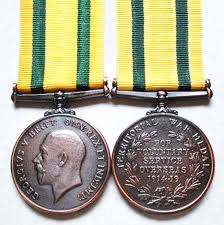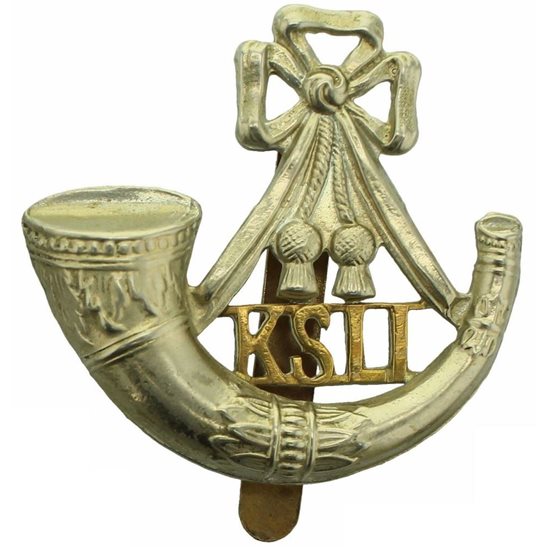Personal Details
Born: 23 August 1891 in Whitchurch, Shropshire and baptised on 28 October the same year in St. Alkmund’s Parish Church, Whitchurch. Norman had a twin brother Arthur Bernard. Norman was named in the civil birth, marriage and death records as William Rossall Joyce, but baptised as and known as Norman Joyce.
Family: He was the fourth child (with his twin brother) of Arthur Joyce, a clockmaker, and his wife Jessie. He married Margaret Nunnerley in 1920; together they had one child Dorothy Betty.
Residence: At the time of his baptism the family were living in Chester Road, Whitchurch. By 1890 they had moved to 40 High Street, Whitchurch and in 1911 they were living at The Beeches, Chester Road, Whitchurch. In 1939 he was living at 32 Station Road, Whitchurch and at the time of his death at Thornleigh, Station Road, Whitchurch (these are likely to be the same property).
Employment: He was a clockmaker.
Died: 27 December 1966 in Whitchurch.
Military Details
Regiment: King’s Shropshire Light Infantry
Rank: Corporal
Service Number: 200170 (previously 1473)
Date of Enlistment: Not known
Date of Discharge: Not known
Reason for Discharge: Not known
Other Information: His twin brother Arthur Bernard was killed in action in 1917. His other two brothers, Horace William and John Barnett, also served in WW1.
Norman was awarded the Campaign medals (Victory and British War Medals) and the Territorial Force War Medal

The British War Medal (also known as 'Squeak') was a silver or bronze medal awarded to officers and men of the British and Imperial Forces who either entered a theatre of war or entered service overseas between 5th August 1914 and 11th November 1918 inclusive. This was later extended to services in Russia, Siberia and some other areas in 1919 and 1920. Approximately 6.5 million British War Medals were issued. Approximately 6.4 million of these were the silver versions of this medal. Around 110,000 of a bronze version were issued mainly to Chinese, Maltese and Indian Labour Corps. The front (obv or obverse) of the medal depicts the head of George V. The recipient's service number, rank, name and unit was impressed on the rim.
The Allied Victory Medal (also known as 'Wilfred') was issued by each of the allies. It was decided that each of the allies should each issue their own bronze victory medal with a similar design, similar equivalent wording and identical ribbon. The British medal was designed by W. McMillan. The front depicts a winged classical figure representing victory. Approximately 5.7 million victory medals were issued. Interestingly, eligibility for this medal was more restrictive and not everyone who received the British War Medal ('Squeak') also received the Victory Medal ('Wilfred'). However, in general, all recipients of 'Wilfred' also received 'Squeak' and all recipients of The 1914 Star or The 1914/1915 Star (also known as 'Pip') also received both 'Squeak' and 'Wilfred'. The recipient's service number, rank, name and unit was impressed on the rim.

The Territorial Force War Medal was a campaign medal awarded to members of the British Territorial Force and Territorial Force Nursing Services who served overseas in World War I; it is the rarest of the five British Great War medals.
The medal was established in April 1920 for award to members of the Territorial Force and Territorial Force Nursing Services who volunteered for service overseas on or before 30 September 1914, and served overseas. They had to have been serving with the force on 4 August 1914 or have completed four years service with the force before 4 August 1914 and rejoined the force on or before 30 September 1914.

